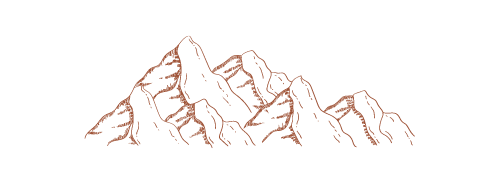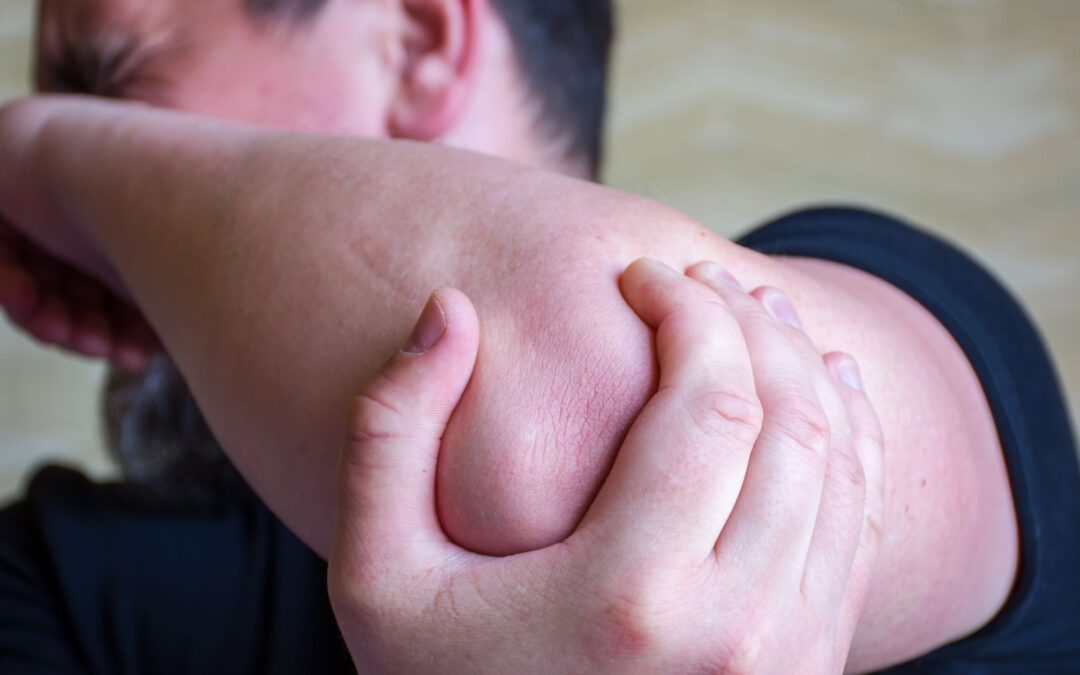When most people think of common nerve conditions that impact the hand or wrist, they think of carpal tunnel syndrome. Impacting between three and six percent of the adult population in the U.S., carpal tunnel occurs when the median nerve, one of the main nerves of the hand, becomes squeezed or compressed as it passes through the wrist.
But carpal tunnel syndrome is far from the only nerve condition that impacts the arm or wrist. Another common condition that Southwest Orthopedics St George Utah sees frequently is ulnar nerve entrapment.
Ulnar nerve entrapment is the second most common nerve entrapment condition impacting the upper body. It affects around 25 to 30 people per 100,000. Like carpal tunnel syndrome, ulnar nerve entrapment occurs when a nerve in the arm becomes compressed or pinched. This results in pain, tingling, numbness, and other symptoms. While the symptoms may be mild at first, they can become worse or more persistent over time.
Keep reading to learn more about this condition and about treatment for ulnar nerve entrapment.
What is Ulnar Nerve Entrapment?
Also known as cubital tunnel syndrome, ulnar nerve entrapment impacts the ulnar nerve. This is one of the three main nerves located in your arm, traveling from your neck through your arm. In the elbow, the ulnar nerve passes through a narrow tunnel of tissue, also known as the cubital tunnel. While there are several places between your neck and wrist where the ulnar nerve can become trapped or compressed, when it occurs in the cubital tunnel of the elbow, it’s called cubital tunnel syndrome.
When the ulnar nerve becomes compressed, it can cause a variety of symptoms. Many of these are similar to the symptoms of carpal tunnel syndrome. Some common symptoms include:
- Pain at or below the elbow, especially in the inner elbow
- Pain in the fourth and fifth fingers of the impacted arm
- Numbness of the arm, hand, and fingers
- Tingling in the hand and fingers
- Weakness in your hand and arm
Much like carpal tunnel, ulnar nerve entrapment can occur as a result of repetitive motions. Motions that require you to keep your elbows bent at an angle for extended periods or resting on a hard surface are more likely to lead to ulnar nerve entrapment. For instance, cyclists are more prone to developing this condition after spending hours resting their elbows on their handlebars while they ride. In fact, this is so common that ulnar nerve entrapment is sometimes referred to as bicycler’s neuropathy. This condition is also more common in individuals over the age of 40.
Treatment: Ulnar Nerve Entrapment
Treatment for ulnar nerve entrapment includes both surgical and non-surgical options. The experts at Southwest Orthopedics St George Utah can help develop a treatment plan that works for you and your condition. Based on your pain levels, symptoms, the extent of the entrapment, and how long you’ve been suffering from pain, numbness, or tingling, they may recommend starting with non-surgical treatments or may recommend that you go straight to surgery. The top hand surgeons in Utah specialize in quickly and effectively treating ulnar nerve entrapment by releasing pressure on the nerve.
Non-Surgical Treatment for Ulnar Nerve Entrapment
There are several different non-surgical treatments for ulnar nerve entrapment. Many of these focus on relieving the pressure on the impacted nerve. For instance, if the pain and other symptoms began recently and only occur during a specific activity, your doctor may recommend taking a break from that activity. They may also recommend limiting the bending on your elbow as much as possible to keep from putting pressure on your ulnar nerve.
If you struggle to avoid bending your elbow, your doctor may recommend wearing a splint or brace. This is designed to help keep your elbow in a straight position. A brace or splint may be used specifically at night to avoid bending your elbow while you sleep.
To help with the pain of ulnar nerve entrapment, medication may be prescribed. Often, over-the-counter pain relievers and especially nonsteroidal anti-inflammatory drugs are used to reduce inflammation in the elbow and to help reduce pain.
Another non-surgical treatment for ulnar nerve entrapment is physical therapy. During physical therapy sessions, you’ll be instructed to do specific exercises and stretches that are designed to help improve the flexibility and strength of the affected arm.
Injections
In some cases, doctors may recommend corticosteroid injections as treatment for ulnar nerve entrapment. These injections are designed to provide concentrated treatment for inflammation directly to your elbow. With less inflammation comes less pain and numbness.
These injections can be done as an outpatient procedure. While they won’t cure ulnar nerve entrapment, these can help to provide temporary relief for anywhere from several weeks to several months.
Surgery for Ulnar Nerve Entrapment
If non-surgical treatment for ulnar nerve entrapment fails to provide relief or if the condition has progressed and is causing constant pain and other symptoms, your experts at Southwest Orthopedics St George Utah may recommend surgery.
The top hand surgeons in Utah will use one of two surgical procedures to treat this condition. The first is ulnar nerve decompression. During this type of procedure, the surgeon will remove a portion of the bone or release other structures that are pinching the nerve. This will provide more space for the nerve as it passes through the elbow, removing the threat of it being compressed.
The other type of procedure commonly used to treat ulnar nerve entrapment is ulnar nerve transposition. During this type of procedure, the surgeon will relocate the ulnar nerve to a new position. This position is usually in front of the medial epicondyle, or the bony prominence of the elbow. Moving the nerve removes the risk of it becoming trapped again in the future.
The recovery times for both types of surgery for ulnar nerve entrapment vary. During recovery from surgery, you will likely need to keep your elbow immobile for a period following surgery. Physical therapy may also be recommended to help you regain mobility, strength, and function in your arm post-surgery.
Treating Ulnar Nerve Entrapment
Ulnar nerve entrapment can be a painful, debilitating condition. It may cause you to experience severe pain or loss of strength while trying to do activities that you enjoy. That pain may also spill over into other areas of your routine, and impact your overall quality of life.
Luckily, treatment for ulnar nerve entrapment can be very effective. Whether you and the experts at Southwest Orthopedics St George Utah decide to try non-surgical treatments or surgery, you can get back to enjoying what you love pain-free.
If you’ve been diagnosed with ulnar nerve entrapment or are experiencing pain, tingling, or other common symptoms in your forearm or hand, schedule an appointment today to start your journey to recovery.

